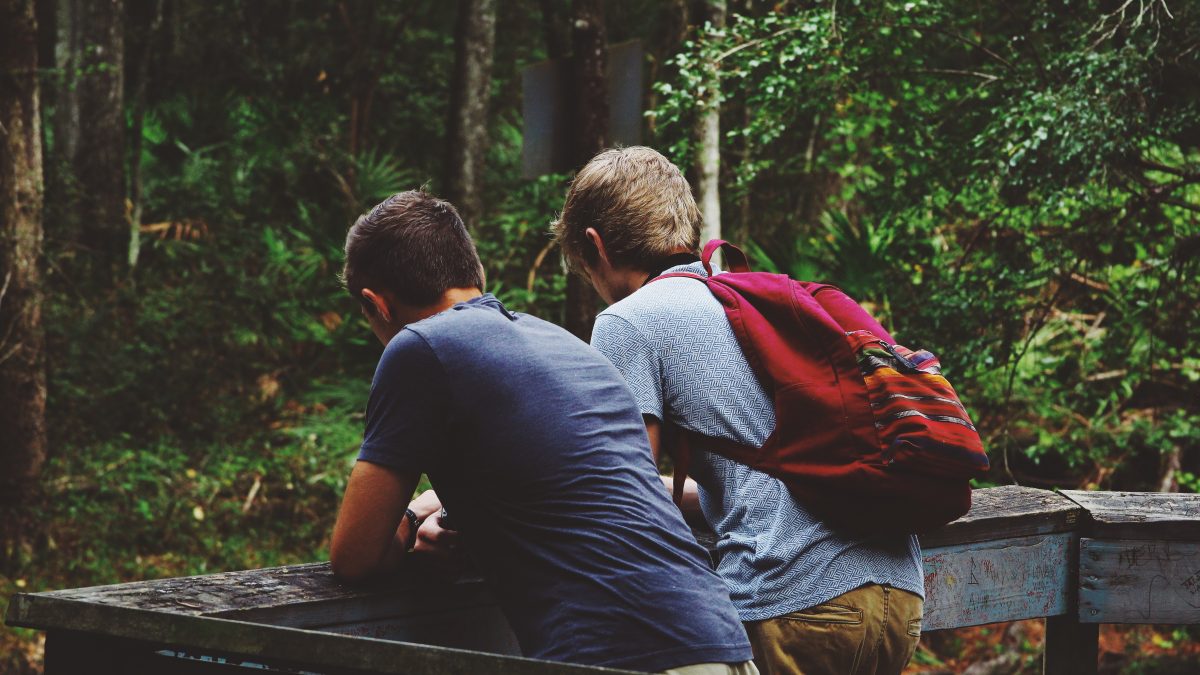
Number of children in Japan at record low
13 de agosto de 2018
Two reasons companies fail – and how to avoid them – Knut Haanaes
17 de agosto de 2018Breaking the rules
There are very few perfectly behaved teenagers. Most of them take part in some kind of dangerous, unhealthy or anti-social pursuit and hardly any children get through their teenage years without breaking the law.
Activities like drinking, smoking, watching adult videos or having under-age sex are common in teenagers. Many even get up to more serious things like stealing or taking drugs.
It’s alarming for parents, but the good news is – it doesn’t last. Statistics for boys show that teenage criminal behavior tends to begin around the age of 13, peak at 17 and then disappear almost completely in early adulthood.
Independent minds
Rebelling in teenagers is often symbolic. They want to look grown up and impress their friends. If parents disapprove, it often makes teenage behavior worse and argumentsare common. They defy adult restrictions deliberately as a way of asserting their independence. Teenagers have reason to be confused because they are part of the adult world in a biological sense, but are still not permitted to do many of the things that adults can.
Taking risks
Experimentation is a way for teenagers to learn to take responsibility for their own actions. It is a step towards becoming more mature and adult-like and in learning to make choices and decisions. Risky behavior is seen by adults as being a ‘bad’ thing, but for the teenagers there are many rewards. By pushing boundaries they are developing their identity as well as showing off in front of friends. There are suggestions from recent research that some bad teenage behavior could be a sign of a healthy personality.
Growing brains
There is one other reason why teenagers might rebel. Scientists have used advanced scanning methods to study the changes that occur in the adolescent brain. Much to their surprise, they have discovered that the brain continues to develop and grow well into the teenage years.
Teenagers have well-developed emotions and feelings but have still not acquired the ability to think things through. When they act impulsively, and do the kind of dangerous things an adult would avoid, their brain’s late development is responsible for it.
Teenagers’ well developed emotions could also be the cause of another characteristic they are often accused of – mood swings.
Making Your Home an Emotionally Safe Place
You’ve plugged the outlets, gotten rid of the poisonous cleaning products, and locked up the alcohol and medications. You try to do everything you can to keep your child healthy and out of harm’s way.
But have you considered all kinds of safety? The examples above are all about physical safety, which is where we tend to focus. It’s easier to understand physical dangers and also to come up with solutions to avoid them. Emotional safetyis just as important, but it’s something we don’t always think about. Just like keeping knives and dangerous items out of your child’s reach enhances physical safety in your home, there are steps you can take to provide emotional safety in your home.
When people (of any age) trust that their feelings will be responded to with sensitivity and respect, they feel safe. They will be more honest and vulnerable with you if they know they are in a safe place. Think about how you act with the people you trust the most. You feel free to share your deepest thoughts and feelings and you value the feedback you get from that person. It works exactly the same with your kids or teenagers. If they feel safe with you, they will express their thoughts and feelings more, be open to conversations with you, and listen to your feedback.
However, if a child feels even a little bit unsafe, they may be more fearful of criticism or rejection from you. Again, think about when this has happened in your own life. Has someone created an environment where you felt unsafe expressing yourself? How did you handle this? You probably stopped sharing your true thoughts and feelings with that person.
If your child feels unsafe, they will not want to share their true thoughts and feelings for fear of being criticized. They may just tell you what they think you want to hear because they think this is the best way to keep themselves as safe as possible. Their feelings may come out through their actions since they don’t feel safe opening up to you using words. They will behave more violently, act more defensively, and seem more uncooperative. They also will probably not be as open to talking with or listening to you in general.
By providing a more emotionally safe environment, you can have a stronger connection with your child, and at the same time, improve their behavior.
The following points are some guidelines that are intended to make your home more of an emotionally safe place for you and your family. These are rules that parents and kids should both be expected to follow. Everyone in your family, including parents and kids, deserves to feel emotionally safe at home.
What makes a home a safe place?
- There is no physical violence.
- There is no emotional abuse.
- There is no shaming.
- Apologies are given sincerely when someone feels hurt by something someone else said or did.
- Everyone treats each other with respect.
- All thoughts, feelings, and opinions are acknowledged as real and treated as important.





